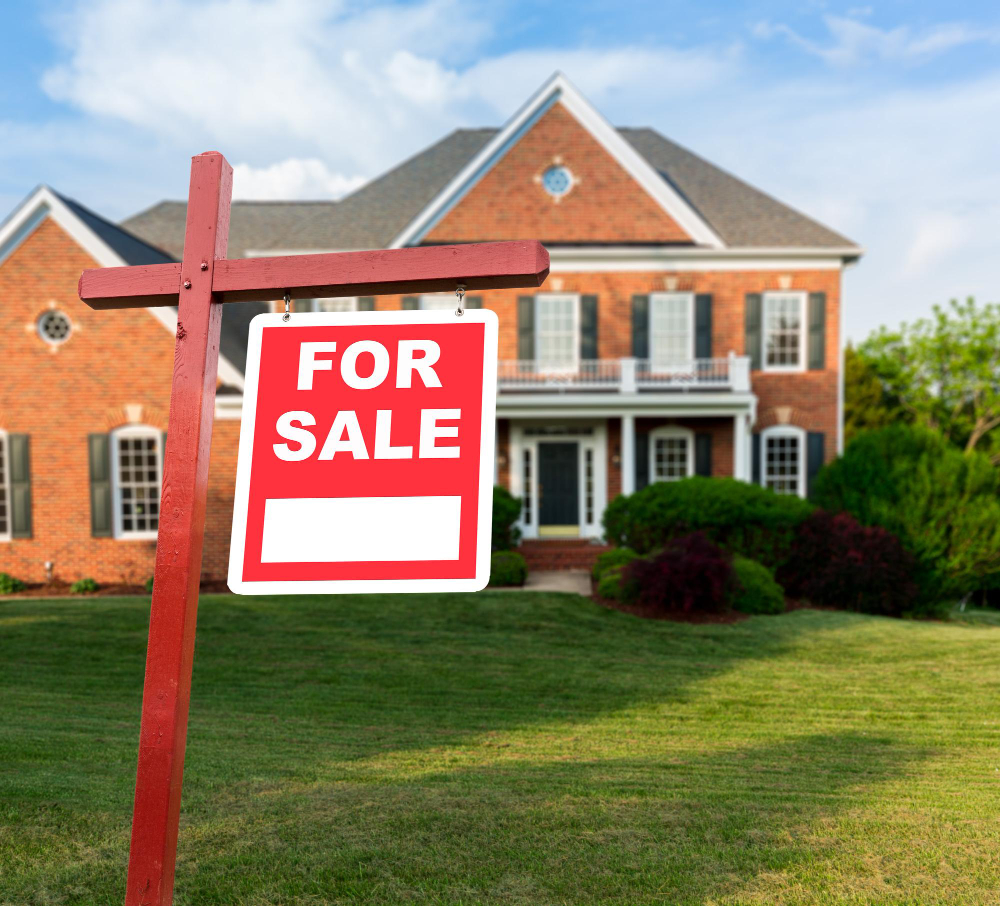6 Ways to Quickly Spot an Energy Efficient New House
When you are looking to move or buy a new house, chances are you are being drawn in and seduced by the location, the facade, neighborhood and possibilities. But if you are looking to save money both short and long term it helps to take into account what goes into an energy efficient new house, and importantly how you can expect your energy bills to be in the future.
While it may not make or break your ultimate decision, it is still an important consideration to take into account when house shopping, and especially during showings and open houses. This is because it can not only give you clues into your future energy bills and usage, but potential costly replacements or repairs you might have to make in the future to critical systems such as HVAC (heating ventilation and air conditioning).
Here are some clues to check for to help you gauge whether or not you are looking at an energy efficient new house.
Energy Efficient Appliances
Check if the house is equipped with energy-efficient appliances such as ENERGY STAR-rated refrigerators, dishwashers, washing machines, and HVAC systems. These appliances consume less energy compared to standard models, leading to lower utility bills over time. Many home sales comes with appliances included, so if you are getting Energy Star appliances on top of the house sale and they are relatively new, this is a bonus.
Insulation and Windows in an Energy Efficient New House
Assess the quality of insulation in the walls, attic, and basement. Adequate insulation that is appropriate helps maintain a consistent indoor temperature, reducing the workload on heating and cooling systems. Additionally, look for energy-efficient windows with double or triple-pane glass and low-emissivity coatings, which can minimize heat transfer and improve energy efficiency.
You may not be able to go into places such as the attic right away, but you can gauge the relative comfort of the home and ambient air temperature near these spaces where heat loss is prevalent.
Heating and Cooling Systems
Evaluate the age, type, and efficiency rating of the heating, ventilation, and air conditioning (HVAC) systems in the house. High-efficiency HVAC systems, such as those with a SEER (Seasonal Energy Efficiency Ratio) rating for air conditioners or AFUE (Annual Fuel Utilization Efficiency) rating for furnaces, can significantly reduce energy consumption and lower utility bills.
An energy efficient new house will have newer systems, and many of them will still have the AFUE/SEER rating on the appliances. This energy guide will help you determine approximately how much you can expect to spend on your energy bills.
Orientation and Shading
Consider the orientation of the house and the placement of windows in relation to the sun’s path. Homes with south-facing windows can benefit from passive solar heating during the winter, reducing the need for artificial heating. Additionally, look for features such as awnings, shades, or landscaping that provide natural shading to prevent overheating during the summer months.
If you need help determining this, you can always turn to Google Maps or Bing Maps after you look at the house and determine the orientation based on the map. You can also take pictures of the surroundings during the house showings for future reference.
Energy Efficient Lighting for Permanent Fixtures
Check the types of lighting fixtures installed throughout the house. LED bulbs and energy-efficient lighting fixtures consume less energy and last longer than traditional incandescent or CFL bulbs. Upgrading to LED lighting can result in significant energy savings over time.
Assume that lamps will go with the current owner, but chances are the existing fixtures and their light bulbs will stay. This will lead to some savings short and long term as you won’t have to replace these bulbs.
Energy Performance Certifications
An energy efficient new house will be proud of its certification, as is it a selling point. Inquire about any energy performance certifications or ratings the house may have, such as ENERGY STAR certification or LEED (Leadership in Energy and Environmental Design) certification. These certifications indicate that the house meets specific energy efficiency standards and may qualify for incentives or rebates, ultimately leading to lower energy bills for the homeowner.
The bottom line is this – while an energy efficient new house might now be the deal maker or breaker for you, it can help you perhaps make a decision on which home to buy if it comes down to several potential homes. A home that will require a furnace within 3-5 years versus a home with a new high efficiency furnace means one less expense and worry you may have. This additional peace of mind may make the difference between an energy efficient new house purchase versus one that isn’t.


